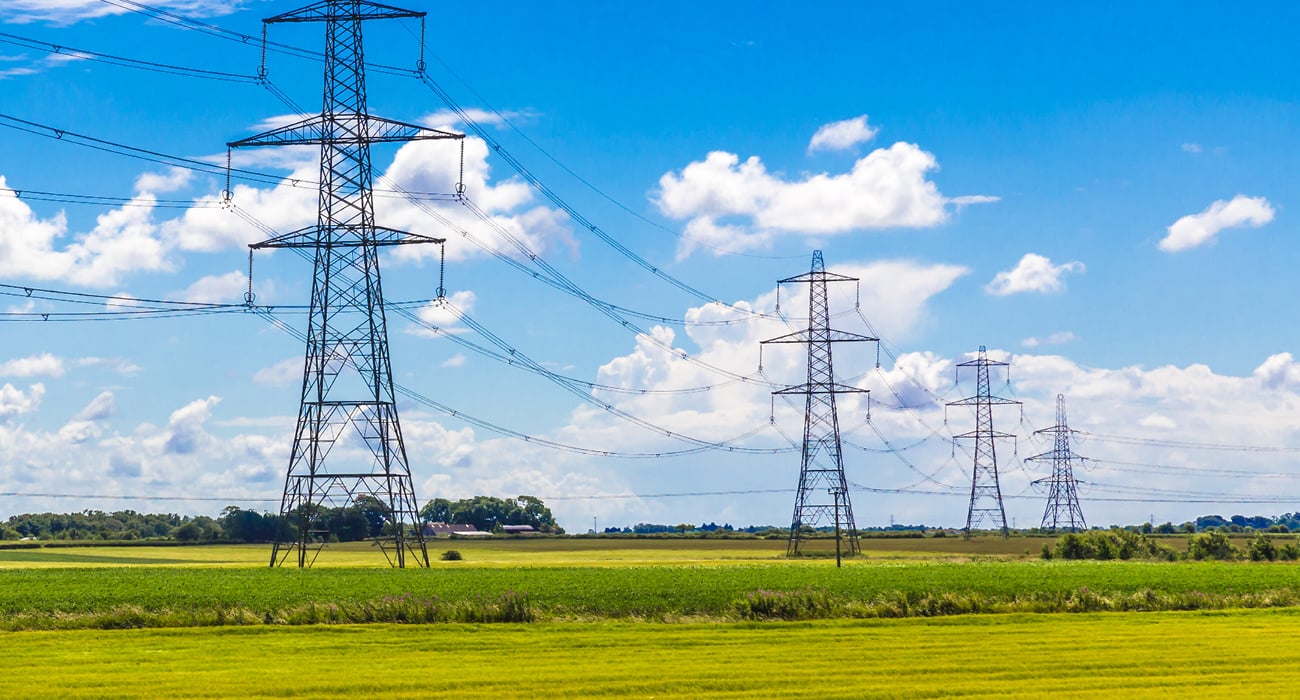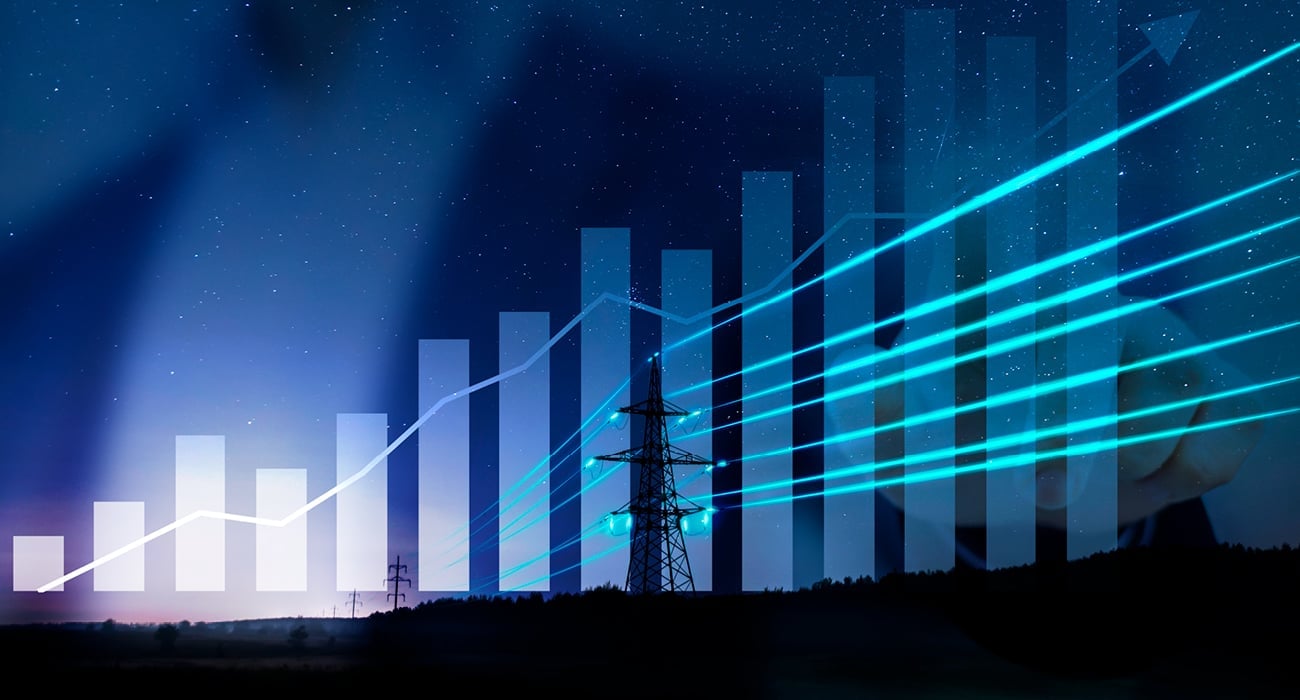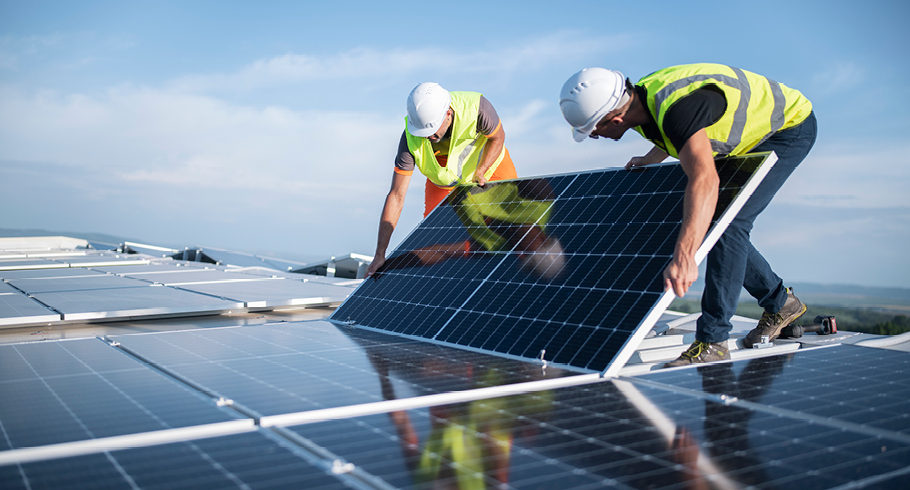In the immortal words of Sir Arthur Conan Doyle: “It is easy to be wise after the event”.
And indeed, energy-buying advice about spreading risk, hedging sensibly, buying no more than you need and being flexible around demand may seem obvious now.
But many major energy consumers were caught off guard when prices rocketed in late 2021/early 2022. And the volatility that ensued shocked even the most experienced market observers.
So it’s perhaps no surprise that businesses are now keener than ever to better understand where the energy market is heading this coming winter – and what strategies can support a more robust purchasing outcome.
Some encouraging signs
While we don’t have a crystal ball, there are some encouraging signs for winter 2023/24.
Firstly, European stores of gas are already at 80% capacity, only 10% off the goal of 90% by 1 November 2023.
However, in the UK, our storage capacity is lower than mainland Europe. So we are more exposed to market volatility and price rises caused by global competition for liquefied natural gas (LNG).
Temperature is another key price driver. And weather forecasts for Q3 2023 and beyond are suggesting seasonally normal conditions to come for us in the UK, with warmer temperatures expected for our neighbours on the Continent. But we are still too far out to be overly confident of longer-term winter forecasts.
French nuclear output for this coming winter is also looking more stable than last year, which is important for us in the UK as historically, we import around 10% of our power via interconnector links to France. But there is always the potential for market shock.
Prices looking more reasonable
Compared to the eye-watering 700p per therm (p/th) of gas and £700 per megawatt hour (MWh) of power we saw at times last winter, this coming winter is currently looking far more manageable.
As of the end of July, gas is trading around 120p/th and power £115/MWh for winter 2023/24. But that’s still more than twice what consumers have been used to paying pre-2021.
So how can you ensure you don’t get stung when it comes to securing winter energy demand?
Navigating the challenges
There are three key steps you can take to support a more robust purchasing strategy:
- Firstly, be clear on your demand. That way you only buy what you really need. And if you can take steps now to reduce demand, either by increasing efficiency, installing on-site generation or utilising load management measures to reduce peak consumption, that will help to keep the cost down.
- Next, work out a realistic budget, and get clear on your risk appetite. That way, you can work with the wholesale market experts at your energy supplier to set trigger prices, and ensure your volume is purchased between appropriate upper and lower limits.
- Finally, be prepared to be flexible around when you purchase. With market volatility the norm, prices can typically jump 10% or more in a day. So if you buy little and often, you are more likely to avoid market peaks and achieve a smoother price.
If you are unsure about how to achieve these aims, do speak to your Client Lead or Account Manager (existing customers). Or contact our Optimisation Desk.

/npm214%20Digital_H_UB76.jpg)
/npm214%20Digital_H_UB15.jpg)
/npm214%20Digital_H_UB127.jpg)

/npm214%20Digital_H_UB110.jpg)
.png)


/npm214%20Digital_H_UB139.jpg)
/Author%20Profile%20Bannister_Sam_G.png)
